Employer’s liability is an ever-evolving field of insurance, with new types of claims appearing as industries change.
There’s no better example of that, than the recent court case between Viola player Christopher Goldsheider, and his former employer, the Royal Opera House in Covent Garden.
In a landmark case, Goldsheider successfully argued that during a particularly thunderous rehearsal of the Ring Cycle by Wagner, the horn section of the house orchestra made such a sound that his hearing was irreparably damaged. He alleged that the Royal Opera House were in breach of the Control of Noise at Work Regulations 2005.
Justice Nicola Davies found against The Royal Opera House on the grounds of breach of duty and causation of injury. The court’s findings were that:
- The Opera House’s risk assessment failed to take into account the potential noise levels during both rehearsals and performances. No noise data had been produced to give an indication of the risk of each performance.
- The risk assessment only observed that the noise was a risk. It didn’t explore level or time of exposure.
- No amendment was made to risk assessment after the incident.
- The orchestra were provided with hearing protection, but the pit where they performed was no designated as a mandatory hearing protection zone. Also, no training on mandatory use of protective equipment was given.
- The piece was rehearsed a first time earlier in the day (before the incident) and no adequate noise readings were taken which could have reduced the risk.
The case itself is considered ‘landmark’ because it involves acoustic shock. But the decision in terms of breach of duty is very common. The Royal Opera House did not take adequate steps in their risk assessment to commit in detail, the exact nature of the exposure to noise. They were also not thorough enough in the application of protective clothing.
And therefore the lesson to nightclubs and venues who play loud noise is simple; risk assessments should be thorough and exact readings should take place on a regular occurrence. When you decide on a risk, ensure that measures taken against that risk are mandatory.
If you’d like any advice from the NDML team about how to make the relevant checks, contact us today by clicking the button at the top of this page.
Image credit: Peter Suranyi







